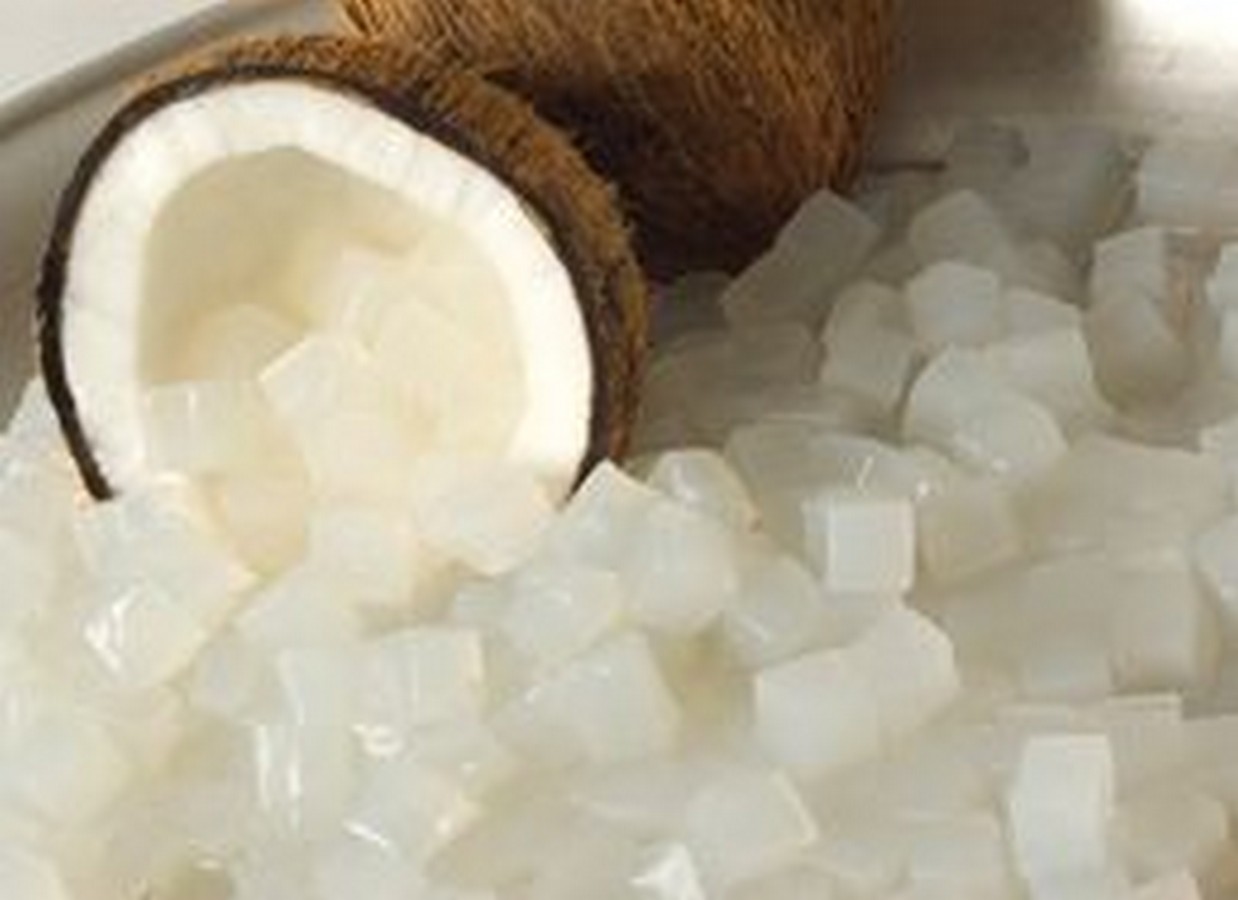
News
2023 Potential Health Benefits of Nata de Coco in Vietnam

Nata de coco is a popular dessert in Vietnam, made from the fermentation of coconut water. It is a low-calorie, low-fat, and low-sugar food that is rich in vitamins and minerals. Nata de coco has been used for centuries in traditional medicine to treat various ailments. In this article, we will explore the potential health benefits of nata de coco in Vietnam.
Who Can Benefit From Nata de Coco?

Nata de coco is a natural food that can benefit anyone looking to improve their health and wellbeing. It is particularly beneficial to those who are looking to:
- Lose weight
- Control blood sugar levels
- Improve digestion
- Boost immunity
- Reduce inflammation
What is Nata de Coco?
Nata de coco is a translucent jelly-like food that is made from the fermentation of coconut water. It has a chewy texture and a slightly sweet taste. Nata de coco is a low-calorie, low-fat, and low-sugar food that is rich in vitamins and minerals. It is a popular dessert in Vietnam and is often used in cocktails, smoothies, and other beverages.
When Should You Eat Nata de Coco?
Nata de coco can be eaten at any time of the day as a healthy snack or dessert. It is particularly beneficial to eat after a meal as it can help to aid digestion and reduce bloating. Nata de coco can also be consumed before or after exercise to provide a quick source of energy.
How to Incorporate Nata de Coco into Your Diet?
Nata de coco is a versatile food that can be incorporated into your diet in many ways. Here are some ideas:
- Add it to your smoothies or juices
- Use it as a topping for your yogurt or oatmeal
- Mix it with fresh fruit for a healthy dessert
- Use it in cocktails or mocktails
Pros and Cons of Eating Nata de Coco
Pros:
- Low in calories, fat, and sugar
- Rich in vitamins and minerals
- Provides a source of dietary fiber
- Can aid digestion and reduce bloating
- May help to control blood sugar levels
- Boosts immunity and reduces inflammation
Cons:
- May contain added sugars or preservatives
- May not be suitable for those with digestive issues
- May cause an allergic reaction in some individuals
Alternatives to Nata de Coco
If you are unable to eat nata de coco or want to try something different, here are some healthy alternatives:
- Chia seeds
- Aloe vera
- Coconut water
- Gelatin-free jelly
Step-by-Step Guide to Making Nata de Coco

If you want to make your own nata de coco at home, here is a step-by-step guide:
- Sterilize a container with boiling water and let it cool.
- Combine coconut water, sugar, and a nata de coco starter culture in the container.
- Cover the container with a cloth and store it in a warm, dark place for 7-14 days.
- After 7-14 days, the nata de coco should be firm and translucent. Cut it into small cubes and rinse it in cold water.
- Store the nata de coco in the refrigerator until ready to use.
Comparison of Nata de Coco to Other Desserts
Nata de coco is a healthier dessert choice when compared to other popular desserts. Here is a comparison:
- Ice cream: Nata de coco is lower in calories, fat, and sugar than ice cream.
- Cake: Nata de coco is lower in calories and fat than cake.
- Pudding: Nata de coco is lower in calories, fat, and sugar than pudding.
Tips for Eating Nata de Coco
- Always check the label for added sugars or preservatives.
- Rinse the nata de coco in cold water before consuming.
- Store the nata de coco in the refrigerator to keep it fresh.
- Experiment with different flavors and combinations.
The Best Way to Enjoy Nata de Coco
The best way to enjoy nata de coco is to mix it with fresh fruit for a healthy dessert or add it to your smoothies for an extra boost of vitamins and minerals.
FAQs
- Is nata de coco suitable for vegetarians and vegans? Yes, nata de coco is suitable for vegetarians and vegans.
- Is nata de coco safe for people with diabetes? Nata de coco may help to control blood sugar levels, but those with diabetes should still consume it in moderation.
- Can nata de coco be used in savory dishes? Yes, nata de coco can be used in savory dishes as a substitute for meat or as a salad ingredient.
- Is nata de coco gluten-free? Yes, nata de coco is gluten-free.
- How long can nata de coco be stored in the refrigerator? Nata de cococan be stored in the refrigerator for up to two weeks.
Conclusion
Nata de coco is a delicious and nutritious food that has been enjoyed in Vietnam for centuries. It is low in calories, fat, and sugar while being rich in vitamins and minerals. Nata de coco can aid digestion, boost immunity, and reduce inflammation. It can be incorporated into your diet in many ways and is a healthier dessert choice when compared to other popular desserts. Remember to always check the label for added sugars or preservatives and rinse the nata de coco before consuming. Enjoy this healthy and delicious food to improve your health and wellbeing.
